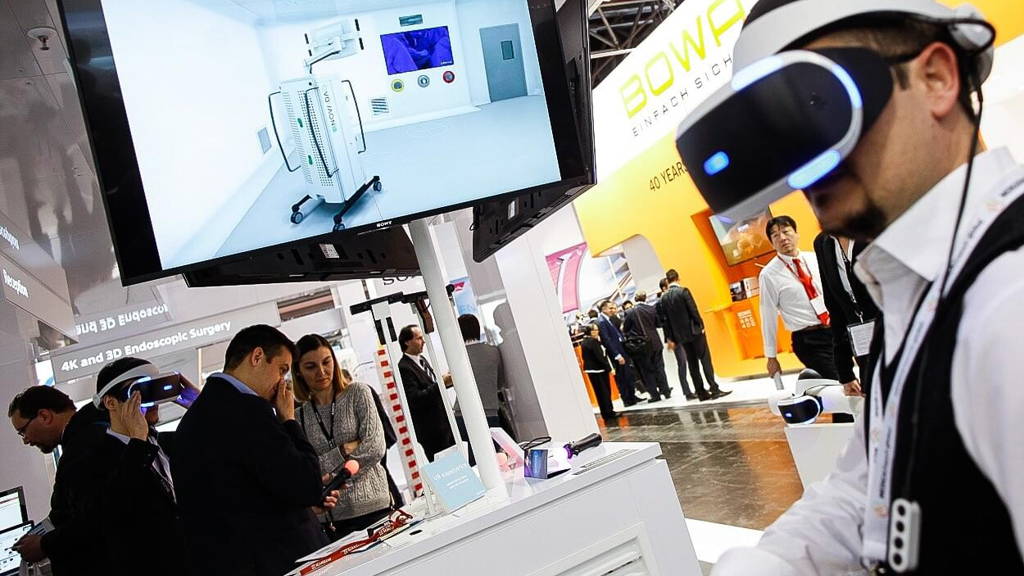Smart detection of skin cancer
The Magnosco start-up from Berlin will present its method for early detection of skin cancer using lasers. The basic process from Magnosco implements an innovative approach for early detection. Using a laser, melanin is stimulated and therefore illuminated in this patented technology. This fluorescence is mapped out. Under these conditions, cancer cells illuminate slightly differently than healthy cells. An algorithm recognizes these differences and calculates the probability of tissue disease. The procedure is very easy to carry out – the user doesn’t have to interpret images. The value that the device states is a measurement value and indicates the level of probability that malignant skin cancer is present. This is one of the few applications that can function without an app. Dermatologists and qualified general practitioners can use it right now, and dermatofluoroscopy can be used on living and isolated tissue.
[caption id="attachment_25216" align="aligncenter" width="640"]
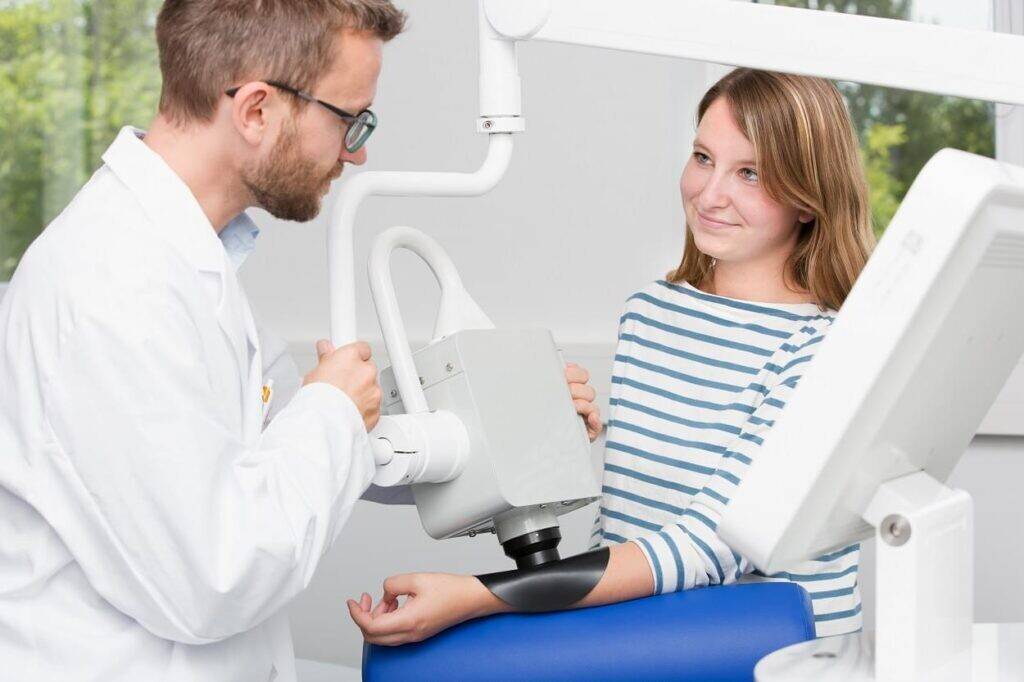
Magnosco was founded in 2014 and has been researching non-invasive skin cancer diagnostics at the Science City Berlin Adlershof. Their first product DermaFC received CE certification as a medical device which can be used by trained medical personnel.[/caption]
Digital nanny
Some of the start-ups are taking on the trend that is flooding many countries: Giving parents more security, particularly parents of children with chronic conditions. The London company
Nachshon makes an impressive statement on their digital bed: “The Smart Cot is the most technologically innovative cot that has ever been produced.” It offers an inbuilt camera so that parents can monitor their baby and sensors are also integrated into the mattress, which are used to measure the child’s weight and body temperature. The bed gives out an alert if the baby stops breathing for 15 seconds. The blood oxygen monitor helps to keep an eye on the baby’s health. Image recognition enables parents to see how the baby is doing and to track the baby’s development and progress.
[caption id="attachment_25218" align="aligncenter" width="640"]
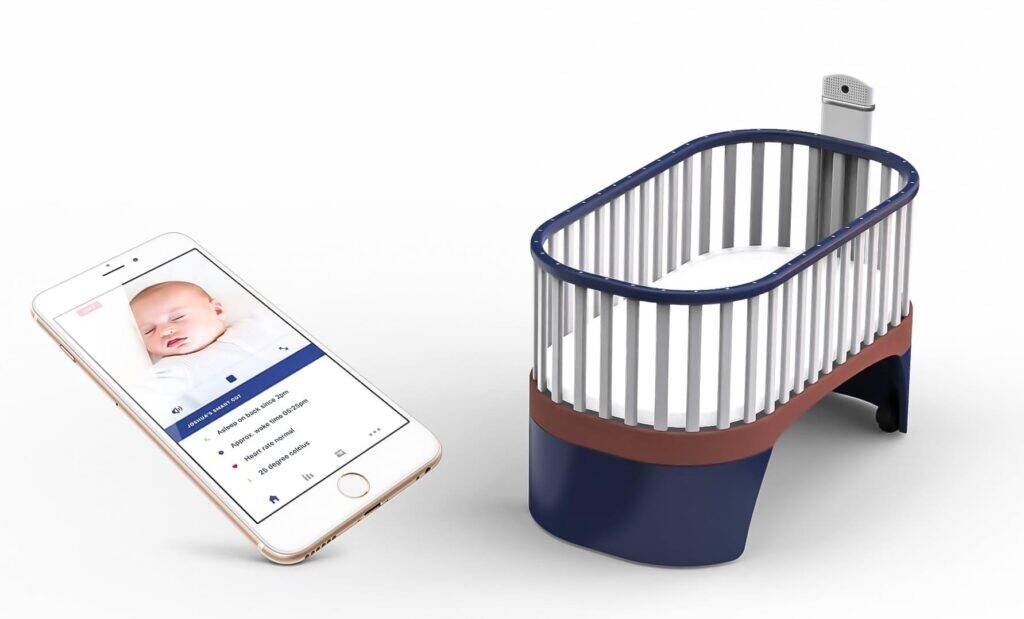
The Smart Cot digital bed offers an inbuilt camera so that parents can monitor their baby and sensors are also integrated into the mattress, which are used to measure the child’s weight and body temperature.[/caption]
Home stethoscope and lungs’ health
Even the classic stethoscope is going digital and becoming networked, and can now also be used by parents.
StethoMe is a cordless stethoscope that people can use to examine their children’s heart and lungs. This device was the winner in the Healthcare category at the IOT/WT Innovation World Cup 2018. The company from Poland wants to enable parents to check the function of their children’s airways anywhere, at any time and to exchange the data with medical experts. This can prevent many unnecessary trips to and stays in hospital for children with chronic lung conditions. The algorithms required for this device are optimized by artificial intelligence, which is used to improve the auscultation diagnosis significantly and make it accurate. To achieve this, a huge database of auscultation noises that had been characterised by specialists was evaluated. The objective is to qualitatively improve the diagnostics and therapy monitoring for chronic illnesses such as asthma.
Asthma patients can also benefit from the
FindAir ONE app also from Poland – a smart inhaler application that collects information on the inhaled medication dose and the environmental conditions in which it was inhaled. The patient and their doctor can thus gain important information that can help them to adapt their treatment to the individual at hand.
[caption id="attachment_25220" align="aligncenter" width="640"]
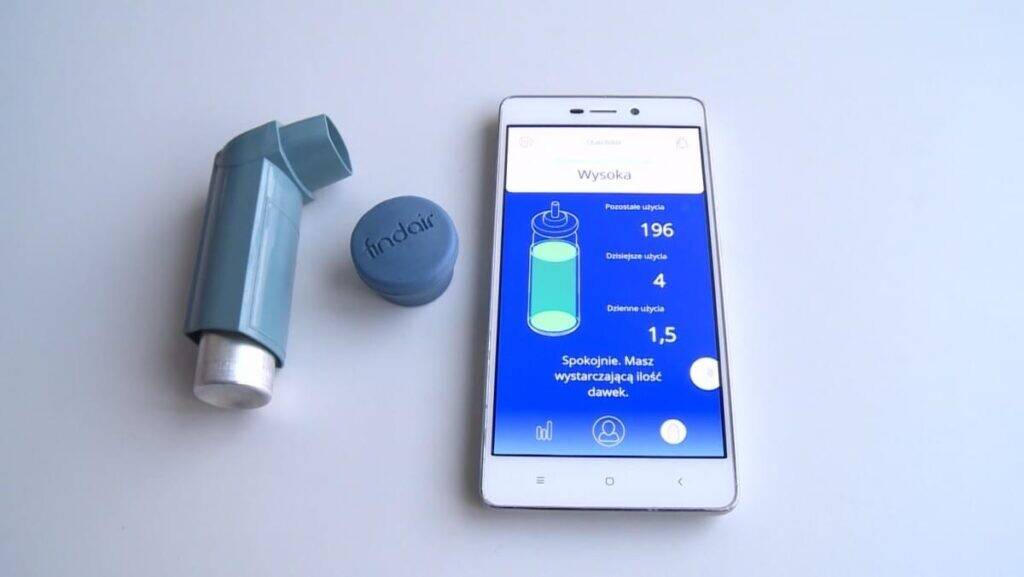
FindAir ONE is a smart inhaler application that collects information on the inhaled medication dose and the environmental conditions in which it was inhaled.[/caption]
Heart attacks and other emergencies
The
CellAED LifeSaver miniature defibrillator created by Australian startup Rapid Response Revival will be available to individuals, households and businesses in multiple geographical regions by the end of the calendar year 2018.
The device is only a little larger than a smartphone. It goes into AED mode when both pads on the back of it are lifted off to be used. At the same time, it contacts the emergency services in the relevant country and sends them the GPS coordinates for the incident. It establishes whether the heart rhythm indicates a heart attack and instructs the user on what to do. This means that the helper has both hands free to carry out the instructions given by the device.
[caption id="attachment_25219" align="aligncenter" width="1023"]

StethoMe is a cordless stethoscope that people can use to examine their children’s heart and lungs.[/caption]
The
Spektikor RAPIDA Indicator was also created for emergencies. The Finnish company says that their device is the smallest portable heart rate indicator in the world. The device will enable the heart rate to be perceived in almost any environment: when moving, in the dark and in a loud environment. A training simulator is already available for it. The device would therefore be ideal for use in chaotic multiple casualty incidents.
[caption id="attachment_25221" align="aligncenter" width="640"]
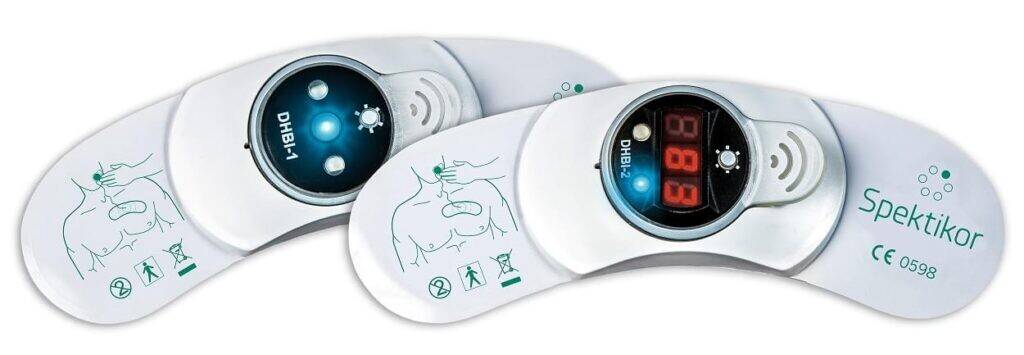
Spektikor RAPIDA Indicator is the smallest portable heart rate indicator in the world. The device will enable the heart rate to be perceived in almost any environment.[/caption]
Medica 2018
The MEDICA will run from 12 to 15 November 2018 in Düsseldorf (Germany).
 Magnosco was founded in 2014 and has been researching non-invasive skin cancer diagnostics at the Science City Berlin Adlershof. Their first product DermaFC received CE certification as a medical device which can be used by trained medical personnel.[/caption]
Magnosco was founded in 2014 and has been researching non-invasive skin cancer diagnostics at the Science City Berlin Adlershof. Their first product DermaFC received CE certification as a medical device which can be used by trained medical personnel.[/caption]
 The Smart Cot digital bed offers an inbuilt camera so that parents can monitor their baby and sensors are also integrated into the mattress, which are used to measure the child’s weight and body temperature.[/caption]
The Smart Cot digital bed offers an inbuilt camera so that parents can monitor their baby and sensors are also integrated into the mattress, which are used to measure the child’s weight and body temperature.[/caption]
 FindAir ONE is a smart inhaler application that collects information on the inhaled medication dose and the environmental conditions in which it was inhaled.[/caption]
FindAir ONE is a smart inhaler application that collects information on the inhaled medication dose and the environmental conditions in which it was inhaled.[/caption]
 StethoMe is a cordless stethoscope that people can use to examine their children’s heart and lungs.[/caption]
The Spektikor RAPIDA Indicator was also created for emergencies. The Finnish company says that their device is the smallest portable heart rate indicator in the world. The device will enable the heart rate to be perceived in almost any environment: when moving, in the dark and in a loud environment. A training simulator is already available for it. The device would therefore be ideal for use in chaotic multiple casualty incidents.
[caption id="attachment_25221" align="aligncenter" width="640"]
StethoMe is a cordless stethoscope that people can use to examine their children’s heart and lungs.[/caption]
The Spektikor RAPIDA Indicator was also created for emergencies. The Finnish company says that their device is the smallest portable heart rate indicator in the world. The device will enable the heart rate to be perceived in almost any environment: when moving, in the dark and in a loud environment. A training simulator is already available for it. The device would therefore be ideal for use in chaotic multiple casualty incidents.
[caption id="attachment_25221" align="aligncenter" width="640"] Spektikor RAPIDA Indicator is the smallest portable heart rate indicator in the world. The device will enable the heart rate to be perceived in almost any environment.[/caption]
Medica 2018
The MEDICA will run from 12 to 15 November 2018 in Düsseldorf (Germany).
Spektikor RAPIDA Indicator is the smallest portable heart rate indicator in the world. The device will enable the heart rate to be perceived in almost any environment.[/caption]
Medica 2018
The MEDICA will run from 12 to 15 November 2018 in Düsseldorf (Germany).
